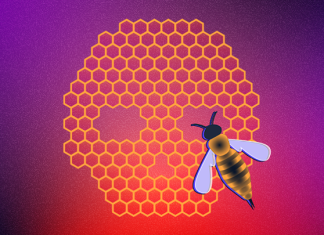Last Updated on 05/12/2024 by Dolly
Sustainability initiatives and environmental monitoring are being drastically changed by artificial intelligence (AI) and data science. We are able to obtain important insights, make wise judgments, and take proactive steps to safeguard our planet and guarantee a sustainable future by utilizing the power of algorithms and data analysis.
How AI is Transforming Environmental Monitoring
1. AI is currently being used to create innovative solutions for a wide range of environmental problems. Algorithms driven by AI, for instance, can be used to:
- To find changes in land usage, deforestation, and other environmental indicators, analyze satellite imagery. Tracking climate change, keeping an eye on biodiversity, and identifying places at risk of environmental damage can all be done with this information.
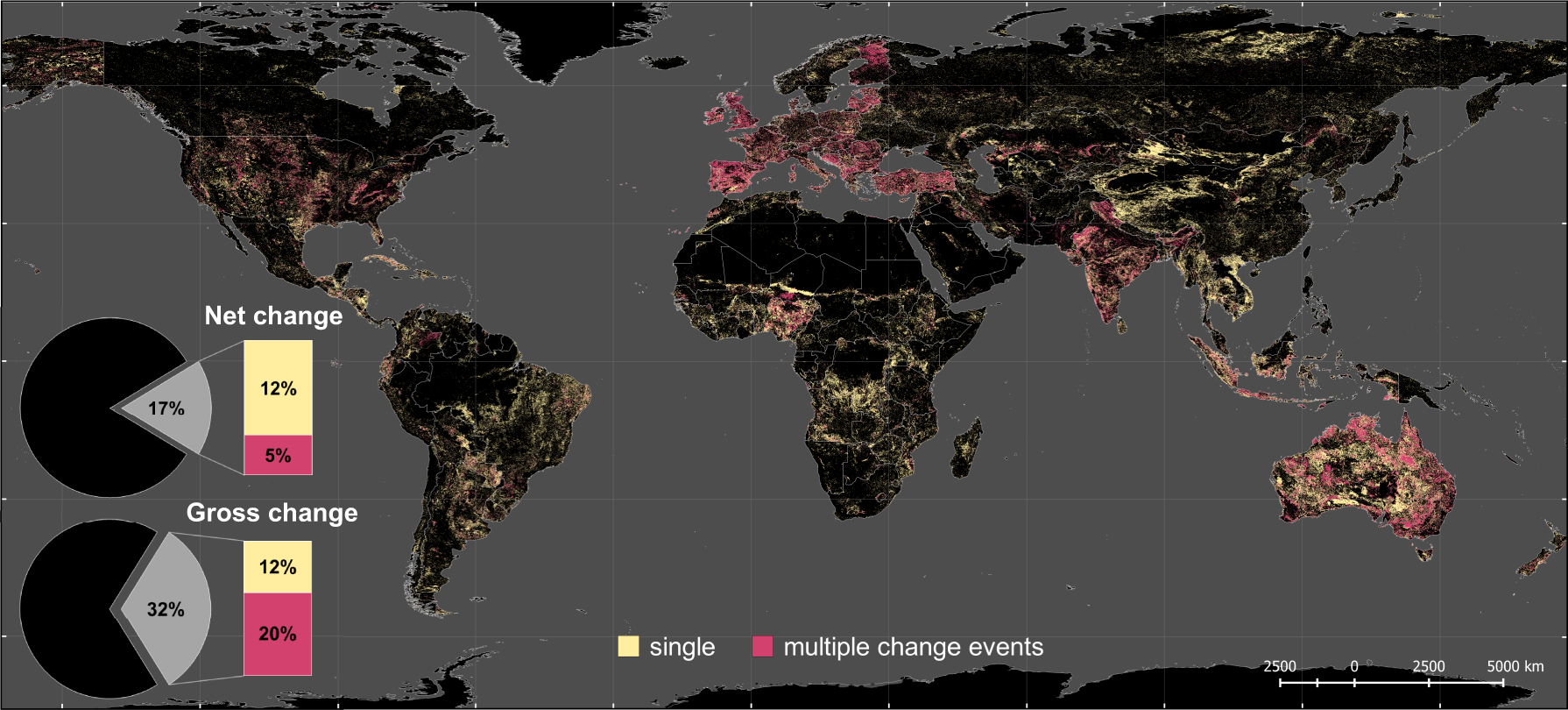
- Keep an eye on the populations of wildlife and look out for illicit activities like poaching and wildlife trafficking. Both wildlife crime prevention and the protection of endangered species can benefit from this information.

- Monitor climate change and forecast weather-related events like floods and hurricanes. Communities can use this knowledge to better prepare for and handle natural catastrophes.

- Track the sources of pollution and keep an eye on the quality of the air and water in real time. By using this information, public health can be safeguarded, water quality can be improved, and air pollution may be decreased.
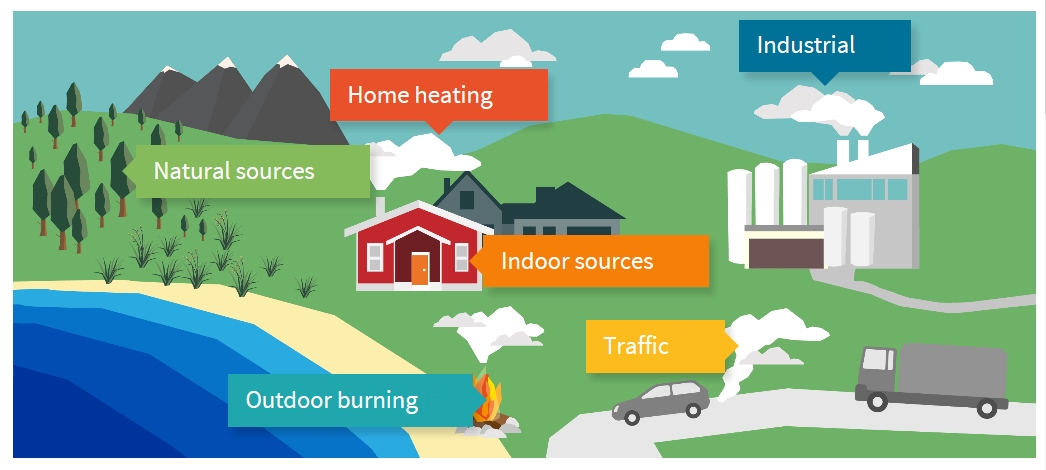
- Minimize waste and maximize energy use. AI may be used to create energy systems that are more efficient, to cut down on waste creation, and to increase recycling rates.

2. Using AI to monitor and safeguard the environment is demonstrated by the following solid examples:
-
Air Quality Monitoring
AI-driven technologies are being utilized in cities all around the world to keep an eye on the quality of the air. These systems may gather information on air pollution levels in real-time from a number of sources, such as meteorological forecasts, satellite imaging, and ground-based sensors. Residents can be informed about excessive pollution levels by using this information, and legislators can use it to create measures that effectively reduce air pollution.

-
Water Quality Monitoring
River, lake, and ocean water quality are also being monitored by AI-powered systems. Numerous water quality metrics, including temperature, pH, dissolved oxygen content, and nutrient levels, can be measured by these devices. The causes of water contamination, the movement of contaminants, and the condition of aquatic ecosystems can all be determined with the help of this data.
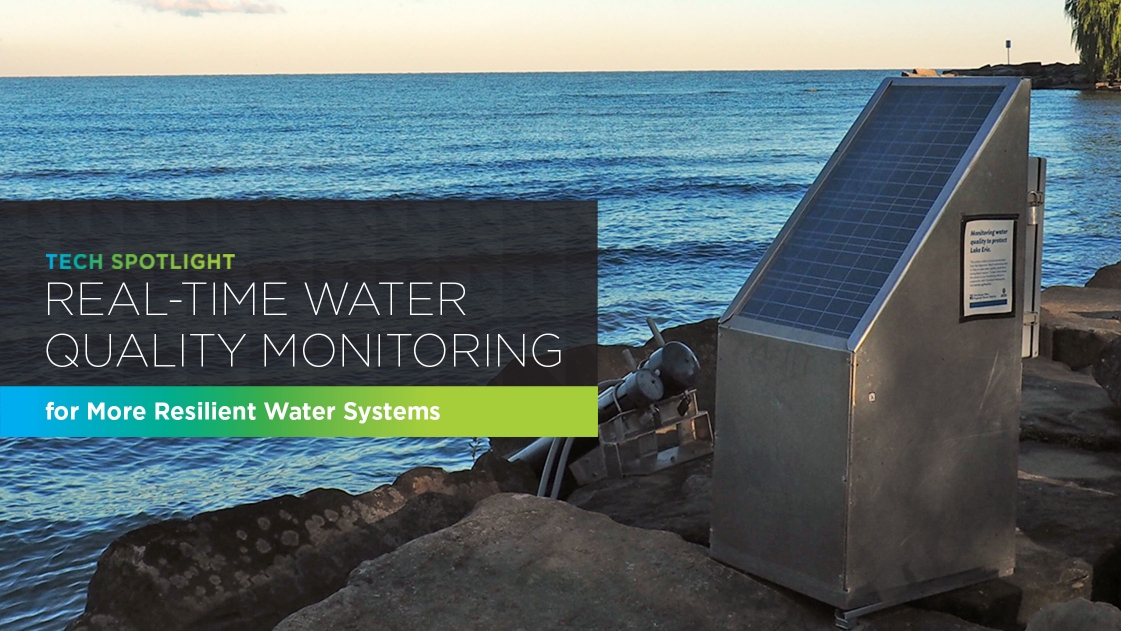
-
Wildlife Monitoring
Artificial Intelligence is being utilized to create systems that can track the numbers of wildlife and identify illicit activities like poaching and wildlife trafficking. To identify and monitor specific animals, these systems can evaluate information from sound sensors, camera traps, and satellite photos. Utilizing this information can help prevent wildlife crime, manage wildlife populations responsibly, and safeguard endangered species.
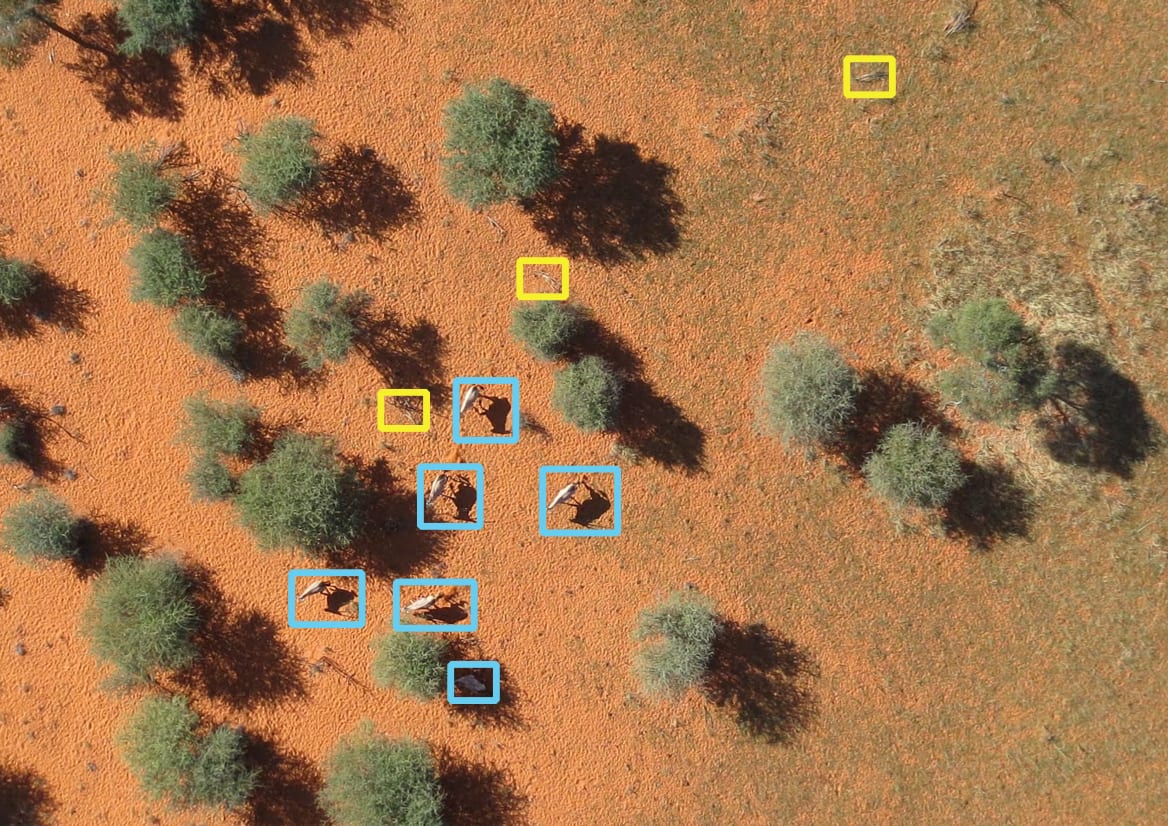
-
Climate Change Monitoring and Prediction
Systems that monitor climate change and forecast natural calamities are being developed using AI. These systems are able to anticipate the probability and intensity of natural disasters as well as identify patterns in climate change by analyzing vast volumes of data from weather stations, climate models, and satellites. Policymakers and communities can use this knowledge to better prepare for and adapt to climate change.
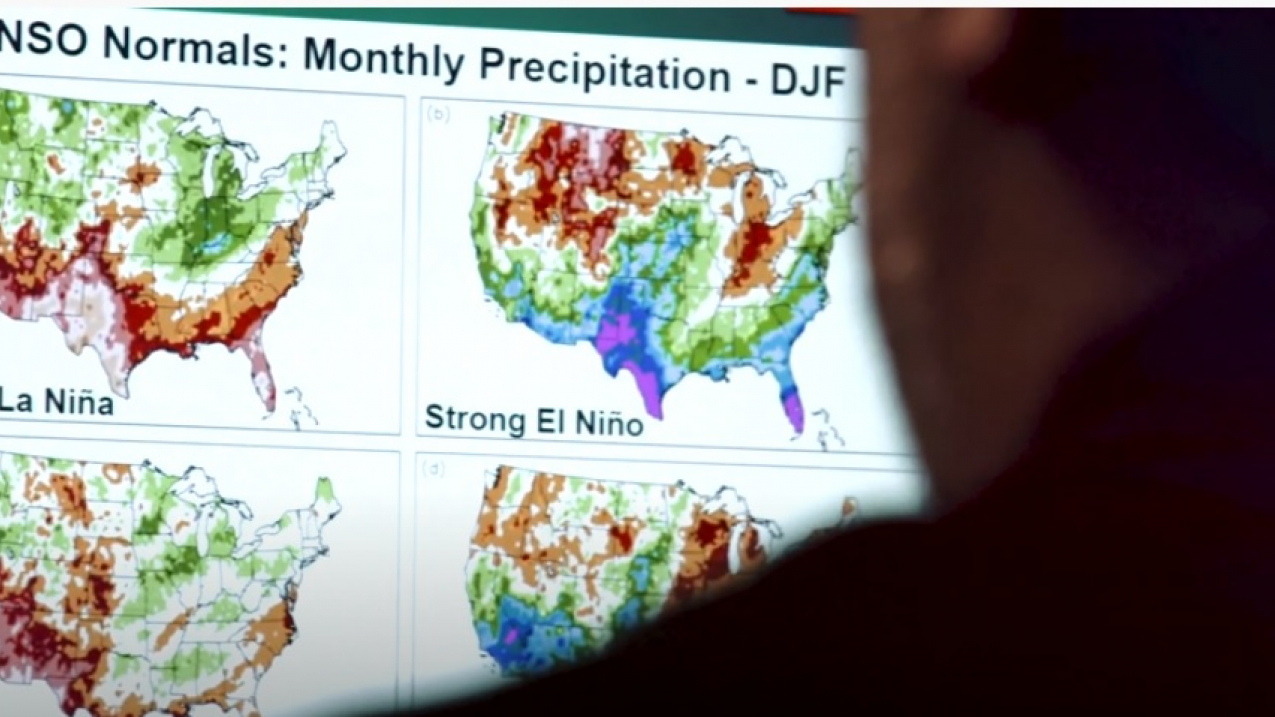
AI is an effective instrument that has many applications in environmental monitoring and protection. We may anticipate seeing even more ground-breaking and significant uses of AI in sustainability and environmental monitoring in the years to come as the technology advances.
The Use of AI and Data Science in Sustainability and Environmental Monitoring in the Future
Although artificial intelligence (AI) and data science are still in their infancy, they have the power to completely change how we observe and safeguard our surroundings. In the years to come, we should anticipate seeing even more ground-breaking and significant uses of these technologies as they advance.
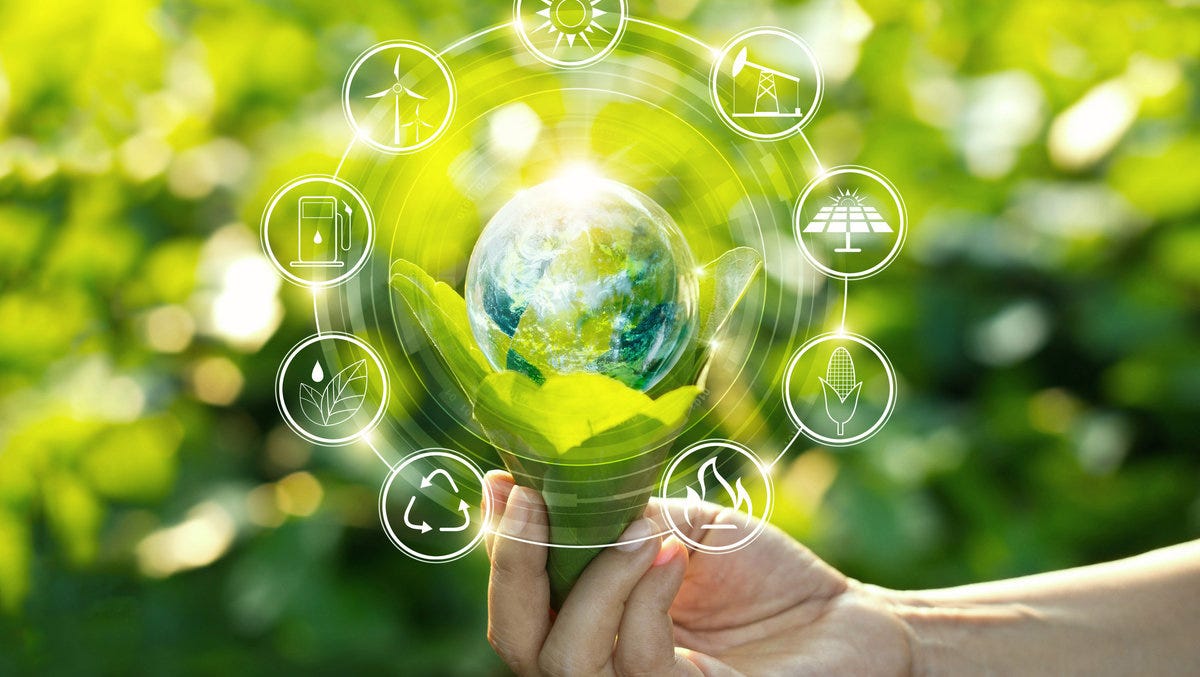
AI systems that can recognize and categorize various environmental objects, like trees, animals, and contaminants, are being developed by researchers. This could help us create more precise and effective methods for tracking deforestation, detecting pollutants, and keeping an eye on wildlife populations. AI is also being used to develop new ways to predict and mitigate natural disasters, optimize energy use, and reduce waste.
Read More:
- Top 7 Ways AI is Protecting the Digital World in 2023
- How Machine Learning is Revolutionizing Time Series Forecasting
- Data Science Drives Personalized Marketing and Customer Engagement to New Heights in 2023
- 5 Ways Data Science is Changing Our Online Conversations

